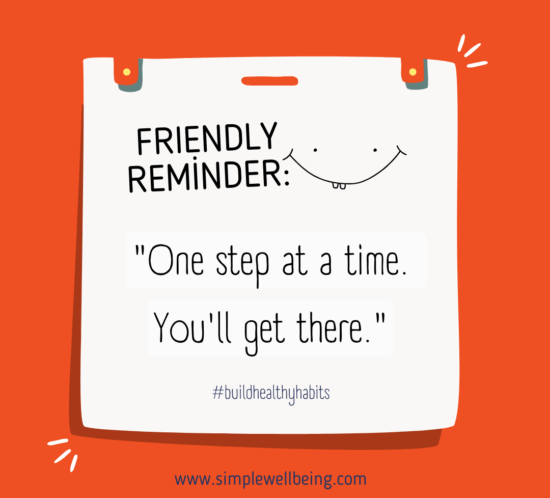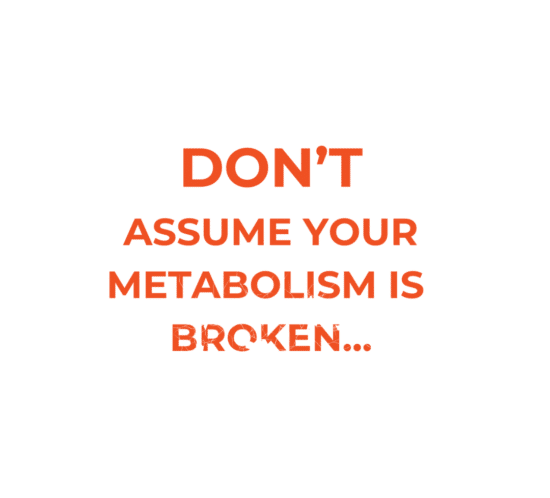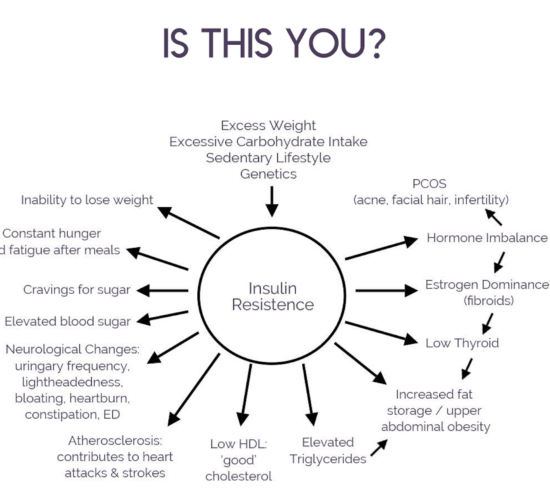3 Tips for Starting Any New Habit
I think we can all agree that change is rarely easy. That’s why small, actionable steps are not just helpful—they’re crucial. It’s not about overhauling your life overnight; it’s about adding layers of healthy habits that enrich your life, one day at a time.
Here are three tips for starting a new habit and keeping it:
1 – Start Small
Instead of trying to make a drastic change in your routine, focus on one small change that you can make consistently. For example, if you want to start a daily exercise routine, start with just 10 minutes of exercise each day. If making time for exercise is the issue, most anyone can squeeze in 10 minutes, right? Or do 20 squats. Expecting to set aside 1 hour a day for exercise may be too big of a bite. As you’re able to consistently stick with this new routine, you can gradually increase the amount of time you spend exercising. Just get started. Don’t wait for the ideal time. Rarely is there one. It’s better to move slowly than to stand still.
2 – Consistency is Key
As James Clear says, “Just get your reps in.” Consistency is essential when it comes to building new habits. If possible, try to do the new habit at the same time every day, so it becomes a more automatic part of your routine. Whether it’s reading a book for 30 minutes before bed (instead of scrolling your phone) or taking a walk every day after lunch, consistency will help you establish the new habit more quickly and make it a permanent part of your routine. Consistency doesn’t get enough credit in my book but it’s where the real magic happens and compounds in our favor. It’s what helps us to build and solidify new neural networks in our brain.
3 – Make it Enjoyable
So important! You are far more likely to stick with a habit when there’s an element of joy or a reward associated with it. If the habit feels like a chore, you’re less likely to keep it going, no matter how good you know the habit is for you. If you’re meal prepping food on Sunday, pick a recipe you’re excited to eat. Put on your favorite music or audio book. Pour some kombucha in a wine glass or make your favorite tea or latte. When you enjoy the new habit, it becomes easier to incorporate it into your routine because you’re essentially rewiring your brain to associate that habit with good feelings. We’re leveraging the power of dopamine and neuroplasticity. Soon the habit becomes woven into our life and identity. It’s less “work” and it just about you being who you are.
Remember, building a new habit requires patience, consistency, and a positive mindset. By starting small, being consistent, and making the new habit enjoyable, you can establish new habits and make them a permanent part of your daily routine. Habits take time to form, so don’t get discouraged if you don’t see immediate results. Give it 21 days to get through the hardest part and then plan on building that habit for ~3 months. Put the time and effort in and you can build the habits you desire that will ultimately help you achieve your wellness goals and live your best life. You got this.








